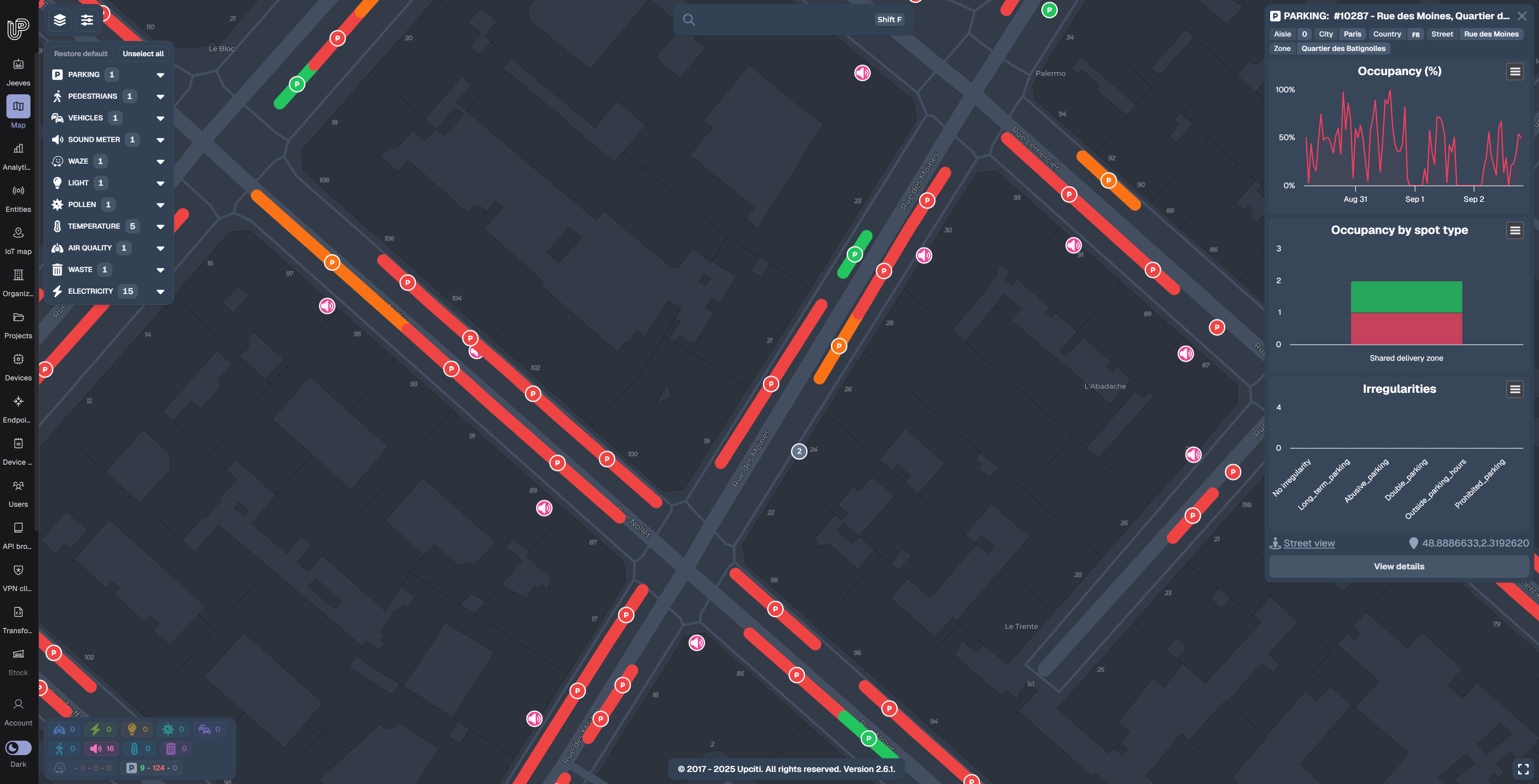Customer Success Surveys


Surveys are an arrow in most Customer Success team’s quiver. As with all tools at our disposal, the big question is when and how to use them. We discussed this at length in our most recent Notion webinar.
View the full webinar below, and click the button to receive the resources direct to your inbox.

Almost everyone I’ve met in Customer Success has pretty strong opinions about surveys ranging from “That’s all you need to do to understand customers” to “They are completely useless”. As always, the answer is somewhere in the middle but I personally come down a little closer to the latter side rather than the former. So let me summarize our discussion.
We discussed the two types of surveys typically used:
- Transactional – post-event surveys (post Support ticket closure or post-Services engagement completion). Transactional surveys are asking the question “How did we do?”
- Relational – the almost-universally used methodology here is NPS. Relational surveys basically ask the question “Do you like us?”
All of us have probably received multiple surveys of both types. As consumers or B2B clients, our opinions are valued and surveys are one way to solicit those opinions. This experience shapes our thinking about surveys which can be valuable when we’re the ones soliciting feedback.
For the most part, we see transactional surveys as part of life. When I visit Starbucks, I expect occasionally to get a survey asking me how my visit was. I typically don’t respond unless they incent me to do so. But I’m never offended that they want to know how they did. I assume they are sincere but I also assume they know that their response rates are going to be low. This works pretty much the same in B2B. I’ve never heard anyone offended by a transactional survey even if we send them more frequently than we should. They just get ignored.
Transactional surveys have value for us. It’s good to hear whether we’ve solved the problem the customer called us about. I believe strongly that we should do them and we should take them seriously. Over time and volume, the scores are going to be meaningful and, to some degree, actionable. That’s really all we can expect and hope for.
Relational surveys are different. For the purpose of this conversation, we’ll just make NPS synonymous with relational since it’s the methodology used by almost every company. Two primary differences between relational surveys vs transactional:
- Frequency – we need to be careful about how often we send these because they can create survey-weariness. A general rule of thumb is that more than twice a year is too often.
- Health score – transactional surveys are typically not a part of a customer’s health score but relational surveys are. Blending relational surveys into your overall health score is a good idea. Just don’t overweight them.
NPS stirs up a lot of strong opinions. I believe they are useful and actionable and a reasonable part of the subjective component of your health score. But I would caution you to treat them with care. Whatever you do, don’t assume that an NPS score is the whole health score for a customer. That will be a mistake.
We talked at length about NPS and I shared several things to be careful about and to make them as valuable as possible:
- Don’t use it as your entire health score
- Make sure everyone internally (especially execs) know the scoring algorithm before you do your first survey. If your CEO does not know how the scoring works, she might think that 14 is a horrible score.
- Assign roles before you survey. Different roles will give very different scores. Your buyers are likely to be more positive than the users with whom you have no relationship. Make sure you define these roles so you can separate NPS results by role.
- At the user level (those with whom you don’t have a relationship), the NPS score they give you is an assessment of your product because that’s their entire connection to your company.
- Text comments can actually give you actionable insights
- Trend is WAY more important than score. The score is not very helpful in a vacuum. But if you survey consistently, the trend can be very meaningful.
- If it’s a part of your health score, make sure it’s lightly weighted
- Survey no more than twice a year
- Close the loop on all responses
Our last discussion was actually about the death of NPS. I believe AI will put NPS in our rearview mirror. Even today, AI can provide us much more robust sentiment and intent data about customers than NPS. Most NPS surveys have a single-digit response rate. AI actually allows you to assess EVERY conversation with customers – Slack, email, Gong, Zoom, Support tickets, etc. – for sentiment and intent. If you think about the volume of all these customer conversations vs a 7% response rate on your NPS surveys, there’s no comparison. AI will change many things about our world in the next few years but it’s already in a place to provide huge value to you instead of doing relational surveys. A little research will help you find better solutions right now.
The recording of the webinar is available if you want to see or listen to the whole thing. Surveys are an important topic and worth some investment of time to make them meaningful and useful.
Other resources:
Organizing for Customer Success - https://www.smartkarrot.com/resources/blog/customer-success-org-structure/
Who owns Renewals and Upsells - https://www.gainsight.com/blog/who-should-own-renewals-and-upsells-sales-or-customer-success/
THE book on Customer Success - https://www.amazon.com/Customer-Success-Innovative-Companies-Recurring/dp/1119167965/ref=sr_1_4?crid=3HLSTG89JB2TJ&keywords=customer+success+book&qid=1638822055&sprefix=customr+succ%2Caps%2C301&sr=8-4








